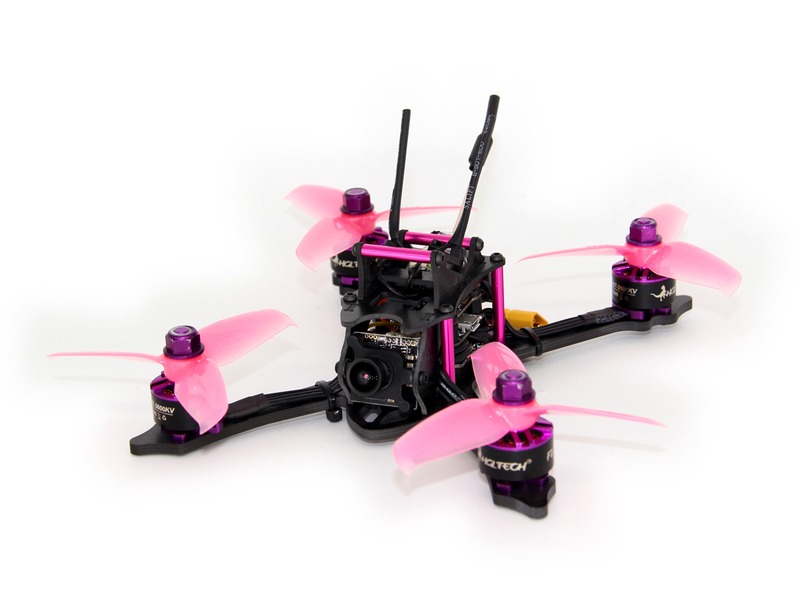How fast can a FPV racing drone go?

FPV racing drones have become an increasingly popular activity for hobbyists, drone enthusiasts, and professional pilots alike. Modern FPV drones can reach speeds of up to 100 mph, with some of the fastest drones reaching up to 200 mph. The top speed of an FPV racing drone is greatly dependent on the size, weight, and components of the drone. Generally, the heavier a drone is, the slower it will be.
Smaller, lightweight FPV racing drones typically use smaller motors and lighter propellers and can reach speeds of up to 60 mph. More powerful motors and larger propellers can help increase the speed of the drone, and some small drones can reach speeds of up to 80 mph. However, the small size of these drones makes them more susceptible to wind, which can cause the drone to slow down.
Mid-sized racing drones are the most common in FPV racing, and they typically use larger motors and propellers than their smaller counterparts. These drones can reach speeds of up to 100 mph. The size and weight of the drone, as well as the type of motors and propellers used, all contribute to the maximum speed of the drone.
Larger FPV racing drones, such as those used for professional racing, are more powerful and can reach speeds of up to 200 mph. They typically have larger motors and heavier propellers, as well as higher quality components to ensure the highest level of performance and reliability. These drones are also less affected by wind, allowing them to reach higher speeds.
The speed of a FPV racing drone is also affected by the environment it is flown in. Strong winds, or flying in an area with a lot of trees, buildings, or other obstructions can cause the drone to slow down significantly. It is important to fly in an open area with minimal obstacles and to account for the wind when flying.
Overall, the speed of a FPV racing drone is largely dependent on the size, weight, and components of the drone, as well as the flying environment. Smaller lightweight drones can reach speeds of up to 60 mph, mid-sized drones can reach speeds of up to 100 mph, and larger racing drones can reach speeds of up to 200 mph. With proper setup and flying conditions, an experienced pilot can achieve speeds that are close to the top-end of the drone's capabilities.
Comments / Question
2. Choose a high-quality, high-KV motor and a low-profile propeller.
3. Pick a powerful ESC with a high refresh rate.
4. Optimize the weight of the drone by using lighter components and a smaller battery.
5. Use a good quality FPV camera with a wide field of view.
6. Set the PID values correctly for better performance of the drone.
7. Use a flight controller with fast gyro sampling rates.
8. Reduce the drone's drag by using streamlined components.
9. Update the firmware of the drone to get the best performance.
10.Tune the drone regularly to ensure maximum efficiency.
2. Motor type and size: Different types of motors will provide different amounts of thrust and speed. Generally, larger motors will provide more thrust and speed, while smaller motors will provide less thrust and speed.
3. Battery type and size: The type and size of the battery used on a FPV racing drone can also affect its speed. Generally, larger batteries will provide more power and speed, while smaller batteries will provide less power and speed.
4. Drone weight: The weight of the FPV racing drone can also have an impact on its speed. Heavier drones tend to be slower, while lighter drones tend to be faster.
5. Air resistance: Air resistance can also have an impact on a FPV racing drone's speed. The drone's shape and design can affect how much air resistance it experiences, which can slow it down or speed it up.
6. Pilot skill: The skill of the pilot can also affect the speed of a FPV racing drone. A more experienced pilot will be able to make more precise adjustments to the drone's speed and maneuverability, which can result in faster speeds.

